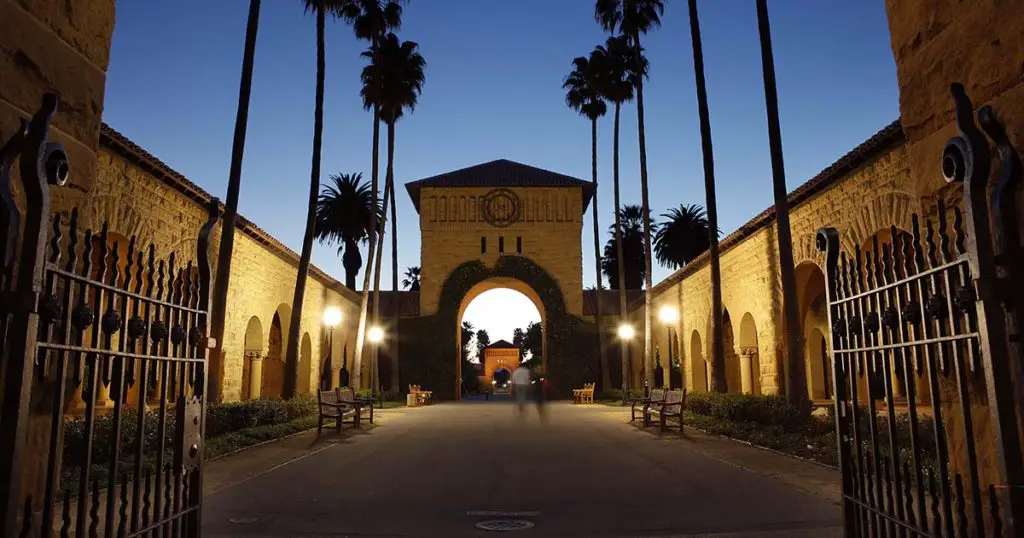Stanford University has revealed the proposed academic structure for its latest climate science initiative — a new school focused on climate and sustainability to open in the fall of 2022.
The school will feature four transitional academic divisions: a division of climate, environment and biodiversity, a division of engineering for sustainability, a division of earth and planetary sciences, and a division of integrated socio-environmental systems.
These departments will address multidisciplinary themes such as climate policy, environmental communications, environmental justice, and sustainable urban development. They will be organized into institutes to maximize the expertise of specialists in these disciplines.
Stanford President Marc Tessier-Lavigne stated in the school’s news release, “Stanford is taking the historic step of creating the university’s first new school in 70 years in response to the scale and urgency of threats facing our planet.”
“With our faculty aligned in these new divisions, and with cross-cutting themes and an accelerator integrating expertise from the entire university to drive solutions, we will marshal our resources to serve humanity’s top priority, which is to create a future in which all humans and natural systems can thrive together in concert and in perpetuity,” he concluded.
Stanford’s Sustainability Initiative
Tessier-Lavigne also announced his support for a proposal that the new school house the Department of Civil and Environmental Engineering, the Precourt Institute for Energy, the Stanford Woods Institute, the School of Earth, Energy, and Environmental Sciences, and the Hopkins Marine Station.
Forbes reported that scholars from these units will be “augmented in the future by both new faculty hires as well as by numerous faculty who will join the new school from other schools and departments.”
The new school will also have a “sustainability accelerator” combining university experts and external partners to innovate new technologies and create policy solutions to solve energy, climate, and sustainability challenges.
“It will amplify the impact of energy technology and policy solutions launched through the Precourt Institute programs and help us to be even more successful,” Yi Cui, director of the Precourt Institute for Energy, said.
Community Involvement
This is the first new school created by the institution in the past 70 years and is based on a plan submitted by a Blueprint Advisory Committee made up of Stanford faculty.
A nine-member student group and staff members from the departments were also tapped to provide their input during the planning process.
Decisions regarding the school name and an inaugural dean will be made before the 2022-23 academic year.

